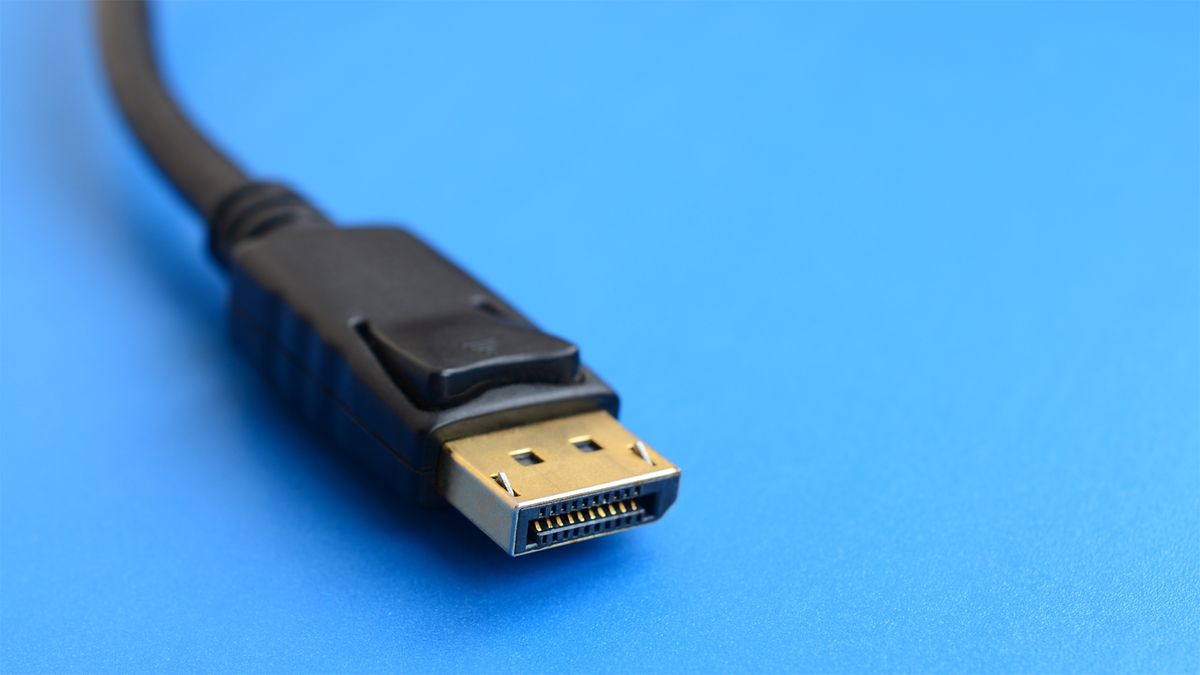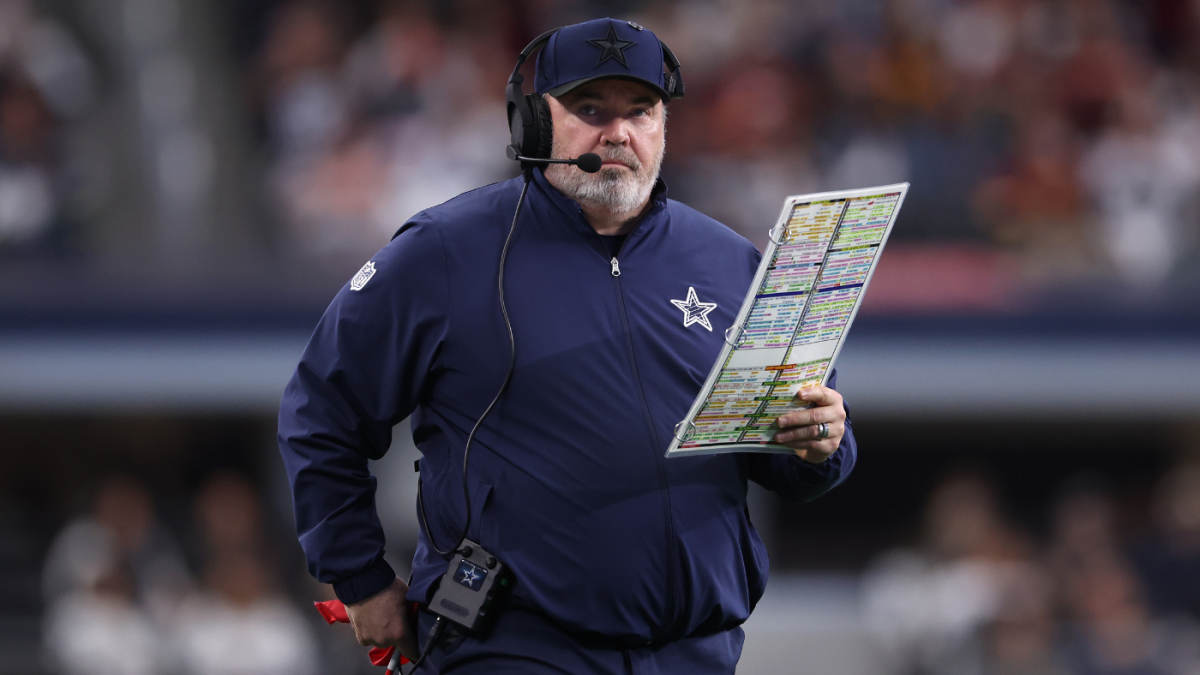Today marks a significant milestone in display interface technology as two major advancements were announced at the Consumer Electronics Show (CES) in Las Vegas. The HDMI Forum introduced HDMI 2.2, offering improved performance and greater bandwidth for high-resolution and data-intensive applications. Simultaneously, the Video Electronics Standards Association (VESA) announced updates to the DisplayPort 2.1 specification, upgrading it to DisplayPort 2.1b, with notable enhancements for cable length and flexibility.
HDMI 2.2 is a substantial upgrade over its predecessor, HDMI 2.1. While it retains the same connector design, the standout feature is the increase in bandwidth to 96 Gbps, facilitated by the new “Ultra96” HDMI cables. This expanded bandwidth supports higher resolutions and refresh rates, including 4K at up to 480 Hz, 8K at up to 240 Hz, and even 10K at 120 Hz.
Although no current monitors or displays achieve these extreme specifications, the extra bandwidth of HDMI 2.2 will primarily benefit demanding, data-intensive applications. These include AR/VR/MR, spatial reality, light field displays, and commercial uses such as large-scale digital signage, medical imaging, and machine vision.
In addition to its support for higher resolutions, HDMI 2.2 addresses longstanding audio-visual synchronization issues by introducing the Latency Indication Protocol (LIP). This protocol improves the alignment of audio and video signals, especially in complex setups involving multiple devices such as AV receivers or soundbars. The result is the elimination of frustrating audio-video lag, ensuring a more seamless entertainment experience—a feature particularly appealing to home theater enthusiasts.
To ensure the authenticity and quality of Ultra96 cables, the HDMI Forum has implemented an extensive certification program, including anti-counterfeit measures. This initiative addresses potential issues related to tariffs and counterfeit products, ensuring consumers receive genuine, high-performance cables.
HDMI 2.2 should roll out in the first half of the year, though devices supporting the new standard are unlikely to hit the market in significant numbers until next year. Notably, the standard is backward compatible, meaning it will seamlessly work with devices featuring HDMI 2.1 or older ports.
Updates to the DisplayPort 2.1 specification, while not as groundbreaking as HDMI 2.2, are still noteworthy. VESA announced new DP80LL (“low loss”) active cables that support up to four-lane UHBR20 link rates, achieving a maximum throughput of 80 Gbps over lengths of up to three meters. This enhancement effectively triples the cable length for UHBR20 connections compared to existing DP80 passive cables, offering greater flexibility in device placement and setup configurations.
These updates have been made possible through VESA’s collaboration with industry leaders like Nvidia, ensuring optimal performance and compatibility between GPUs and the upcoming DisplayPort 2.1b technologies. Certified DP80LL cables should hit the market in the coming months.
While the advancements in HDMI 2.2 and DisplayPort 2.1b highlight the industry’s dedication to delivering higher-quality visual experiences, most consumers will not feel an immediate impact. Current HDMI 2.1 and DisplayPort 2.0 standards are more than sufficient for driving everyday devices, and it may be years before these new standards become mainstream.
Nevertheless, these innovations set the stage for the next generation of display technology, paving the way for immersive visuals, seamless audio-video synchronization, and enhanced flexibility in professional and consumer applications. As these technologies mature, they promise to redefine how we experience and interact with visual media.







![Podcast [English World] Episode 79: Stabbing in Shenzhen Podcast [English World] Episode 79: Stabbing in Shenzhen](https://img.kyodonews.net/english/public/images/posts/8367a5e1916be92c4e60b9cb878b241b/cropped_image_l.jpg)



